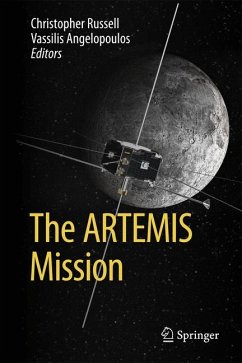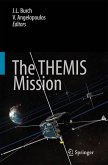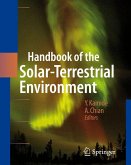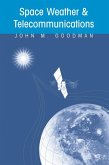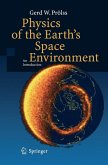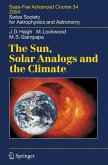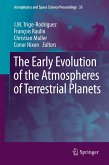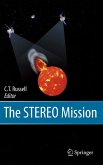The ARTEMIS mission was initiated by skillfully moving the two outermost Earth-orbiting THEMIS spacecraft into lunar orbit to conduct unprecedented dual spacecraft observations of the lunar environment. ARTEMIS stands for Acceleration, Reconnection, Turbulence and Electrodynamics of the Moon's Interaction with the Sun. Indeed, this volume discusses initial findings related to the Moon's magnetic and plasma environments and the electrical conductivity of the lunar interior.
This work is aimed at researchers and graduate students in both heliophysics and planetary physics.
Originally published in Space Science Reviews, Vol. 165/1-4, 2011.
Dieser Download kann aus rechtlichen Gründen nur mit Rechnungsadresse in A, B, BG, CY, CZ, D, DK, EW, E, FIN, F, GR, HR, H, IRL, I, LT, L, LR, M, NL, PL, P, R, S, SLO, SK ausgeliefert werden.

